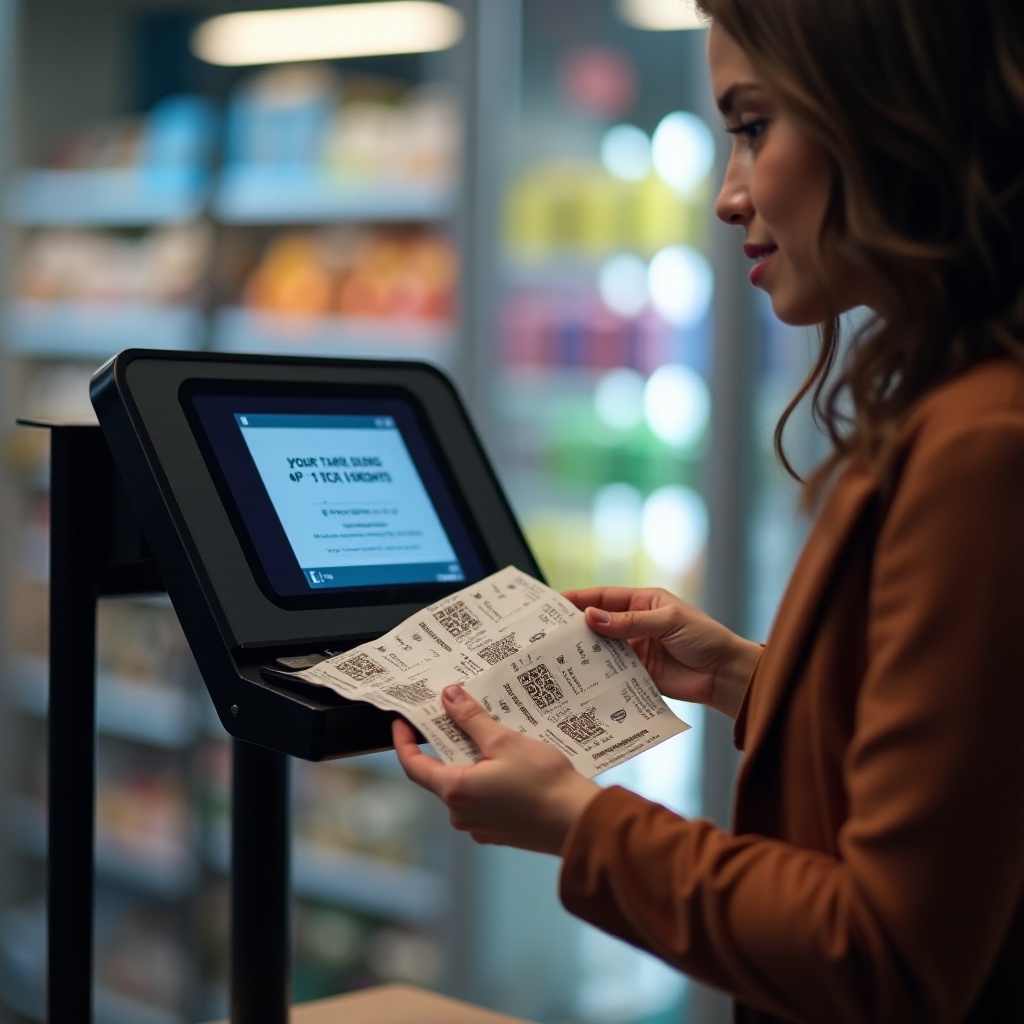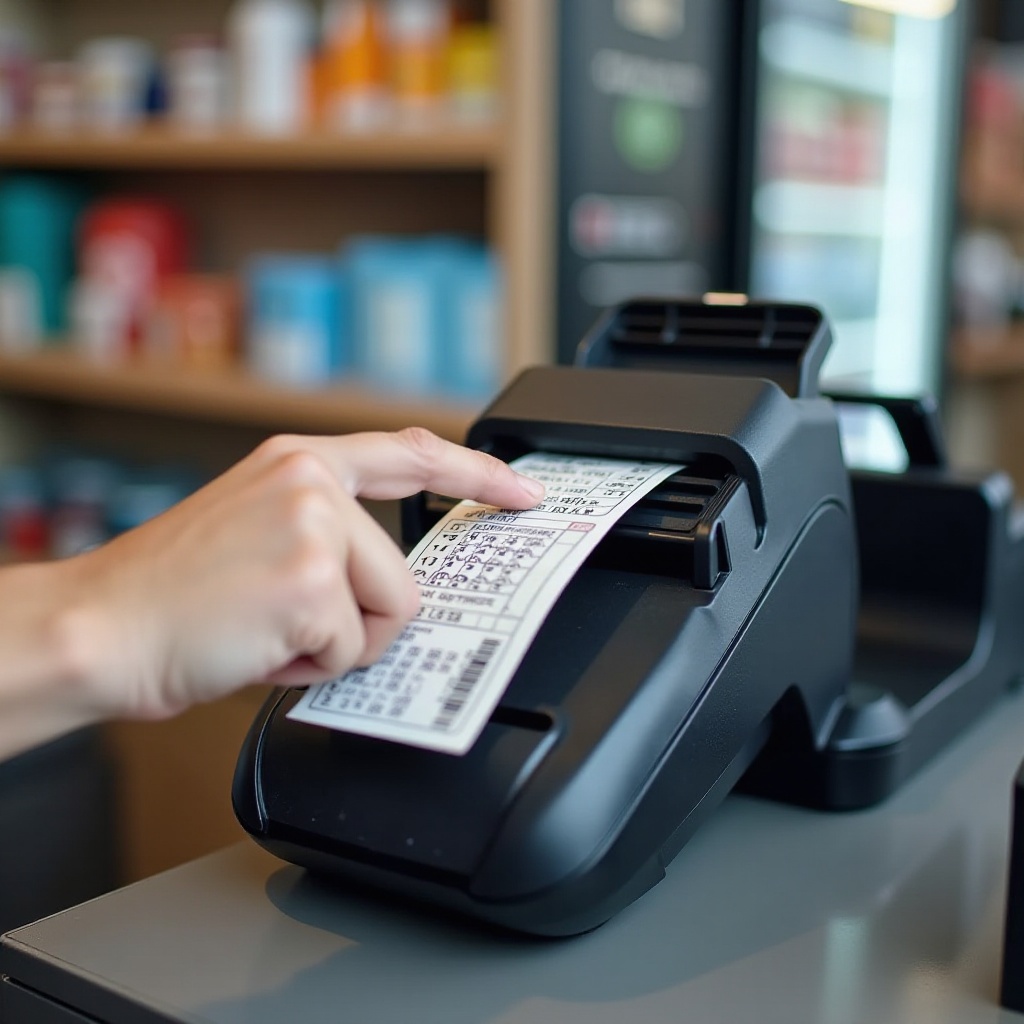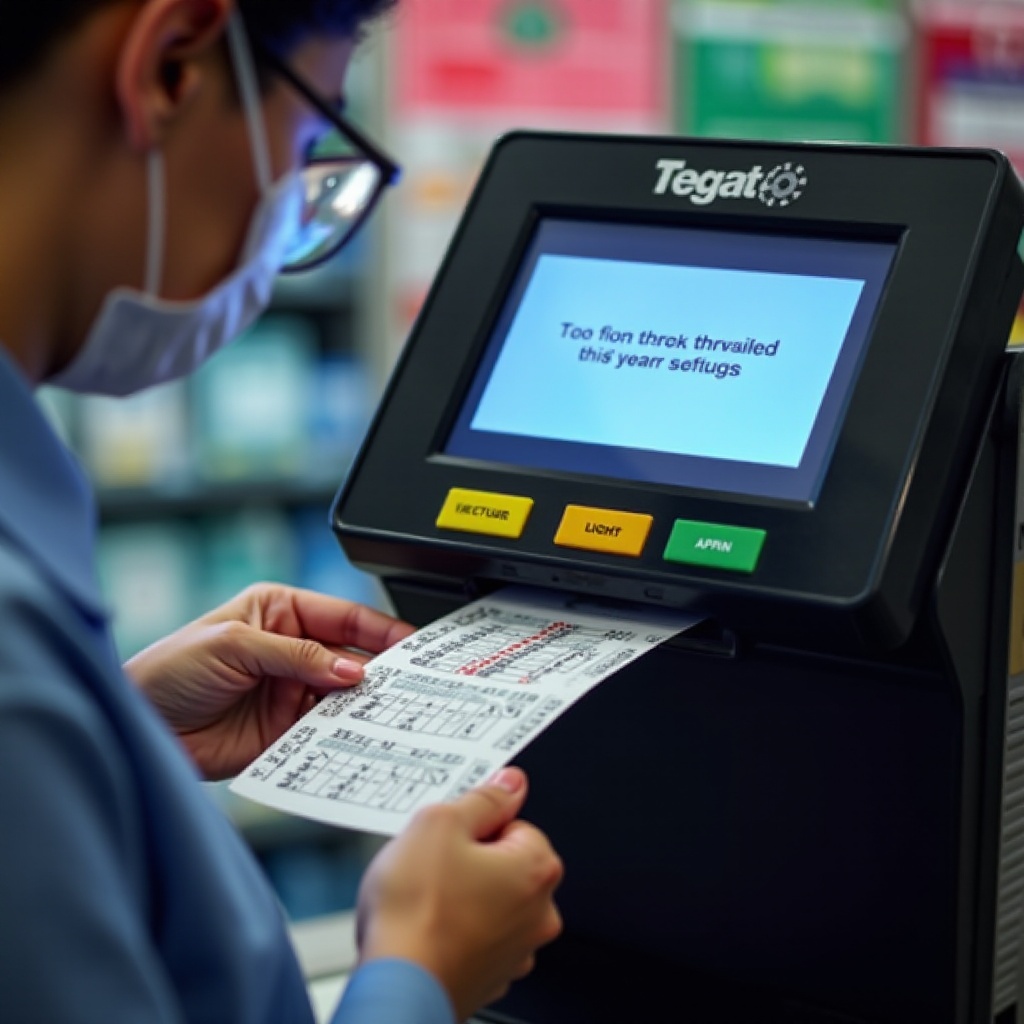Introduction
Lottery ticket scanners are a modern convenience that many players rely on to confirm their winnings quickly and easily. These devices offer a streamlined alternative to manually checking numbers, but how accurate are they really? This question often lingers in the minds of both occasional and avid lottery players. With large sums of money at stake, the reliability of these scanners becomes a crucial point of interest. Understanding the technology and processes behind lottery ticket scanners can provide clarity on their accuracy and dependability.

How Lottery Ticket Scanners Work
Lottery ticket scanners utilize sophisticated technology to read and verify the results of a ticket. They are designed to interpret the unique code printed on each ticket to match it against the official winning numbers.
The Technology Behind Lottery Ticket Scanners
The core technology in lottery ticket scanners relies on optical character recognition (OCR). OCR technology converts the printed text on a ticket into a digital format that the machine can process. When a ticket is scanned, the machine reads the barcode or QR code, which contains the encoded data representing the numbers and the date of the draw. This technology ensures that each ticket is accurately read and the results are quickly processed.
Manual vs. Automatic Scanning
There are two primary types of scanning: manual and automatic. Manual scanning involves a person physically feeding the ticket into a scanner, while automatic scanning systems may be integrated into vending machines or self-service kiosks. Manual scanners require user interaction, introducing a higher chance of human error. In contrast, automatic systems are generally more efficient but depend heavily on the proper maintenance of the machines themselves. The choice between manual and automatic scanning can affect the overall accuracy of the scanning process.
Factors Affecting the Accuracy of Lottery Ticket Scanners
While the technology behind lottery ticket scanners is advanced, several factors can impact their accuracy. Understanding these variables can help in both ensuring better scanning results and addressing any potential inaccuracies.
Quality and Condition of the Scanner
The performance of a lottery ticket scanner largely depends on its quality and condition. High-quality scanners with updated software are more likely to deliver accurate results. Conversely, older models or those lacking proper maintenance may encounter issues, leading to scanning errors. Regular servicing and updates can mitigate these risks and enhance accuracy.
Physical Condition of the Ticket
The condition of the ticket being scanned is crucial. A ticket that is crumpled, torn, or smudged can make it difficult for the scanner to read the code correctly. It’s essential for players to keep their tickets in good condition to avoid misreads. Proper handling and storage of tickets can significantly improve scanning accuracy.
Environmental Conditions
Environmental factors such as lighting and cleanliness around the scanner can also impact performance. Poor lighting can prevent the scanner from accurately reading the ticket. Similarly, a dirty scanner lens might fail to detect the printed code correctly. Regular cleaning and a well-lit environment are recommended for optimal scanning conditions. Maintaining these conditions is crucial for ensuring the scanner works at its best.

Common Issues and Misconceptions
Apart from technical factors, there are common issues and misconceptions related to lottery ticket scanners that users should be aware of.
Technical Errors and Malfunctions
Like any electronic device, lottery ticket scanners can experience technical errors and malfunctions. These might include software glitches, hardware failures, or connectivity issues that could affect the scanning process. Regular maintenance and updates are essential to minimize such risks. By staying proactive with scanner maintenance, many of these problems can be avoided.
False Positives and Negatives
A false positive occurs when a scanner incorrectly identifies a non-winning ticket as a winner, while a false negative happens when a winning ticket is misread as a non-winner. Such errors, though rare, can occur and can be particularly distressing for players. Being aware of these possibilities helps in seeking verification through other means if necessary. Double-checking major wins with alternative methods adds an extra layer of assurance.
User Mistakes and Misunderstandings
User errors are another significant factor affecting the accuracy of lottery ticket scans. Improper ticket insertion, misunderstanding of the scanner’s instructions, or assuming the scanner display reflects a win without checking further can lead to mistakes. Users should follow instructions carefully and double-check the results. Educating users on correct scanning procedures is key to minimizing human error.
Measures to Ensure Accuracy
To address these concerns, there are several measures that can be taken to ensure the accuracy of lottery ticket scanners.
Regular Maintenance and Calibration
Lottery ticket scanners require regular maintenance and calibration to function correctly. This includes routine cleaning, software updates, and check-ups to ensure all components are working as intended. Regular maintenance helps in reducing the chances of technical errors. Staying on top of scanner upkeep is fundamental for sustained reliability.
Quality Control Procedures by Lottery Authorities
Lottery authorities implement strict quality control procedures for the scanners they deploy. These procedures involve rigorous testing and certification to ensure the equipment meets a high standard of accuracy and reliability. By adhering to these standards, lottery organizations can ensure their scanners operate optimally.
Best Practices for Users
Players can also take steps to ensure their tickets are scanned accurately:
1. Keep tickets in good physical condition.
2. Follow scanner instructions carefully.
3. Use official lottery scanning machines for verification.
4. If there’s any doubt, verify the results through a lottery website or by contacting official lottery representatives.
By adhering to these best practices, players can enhance the dependability of their scanning experience and reduce the likelihood of errors.

Conclusion
Lottery ticket scanners offer a quick and efficient way to check lottery results, but their accuracy can be influenced by various factors. Understanding the technology, maintaining optimal conditions, and following best practices can mitigate the risks of errors. Regular maintenance and adherence to quality control regulations by lottery authorities further enhance the reliability of these scanners.
While no system is foolproof, being informed about how lottery ticket scanners work and what affects their accuracy can help players trust the results and enjoy the lottery experience. Trusting the process and taking proactive steps ensures a smoother and more reliable lottery experience.
Frequently Asked Questions
How often should lottery ticket scanners be calibrated?
Lottery ticket scanners should be calibrated regularly, ideally every few months, or as recommended by the manufacturer. Regular calibration ensures that the scanner reads tickets accurately and functions correctly.
Can I trust the results from a lottery ticket scanner 100%?
While lottery ticket scanners are generally reliable, no system is without potential error. It’s advisable for users to verify their results through multiple sources, particularly for significant wins.
What should I do if I suspect a scanner error?
If you suspect a scanner error, double-check the results through alternative methods such as an official lottery website, another scanner, or by contacting lottery authorities directly for confirmation.

